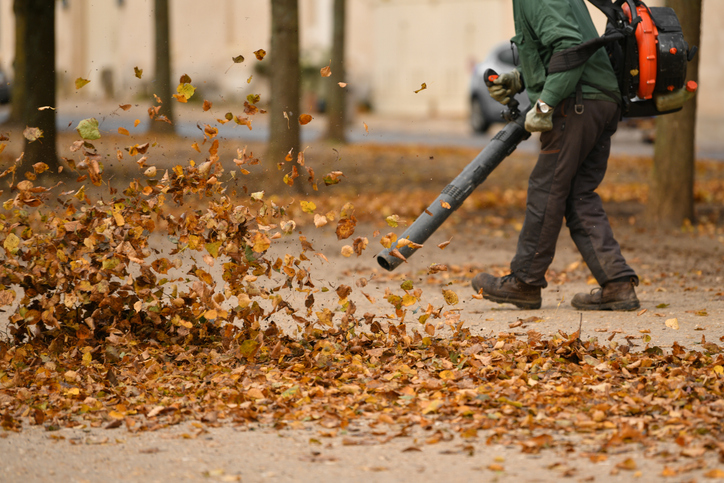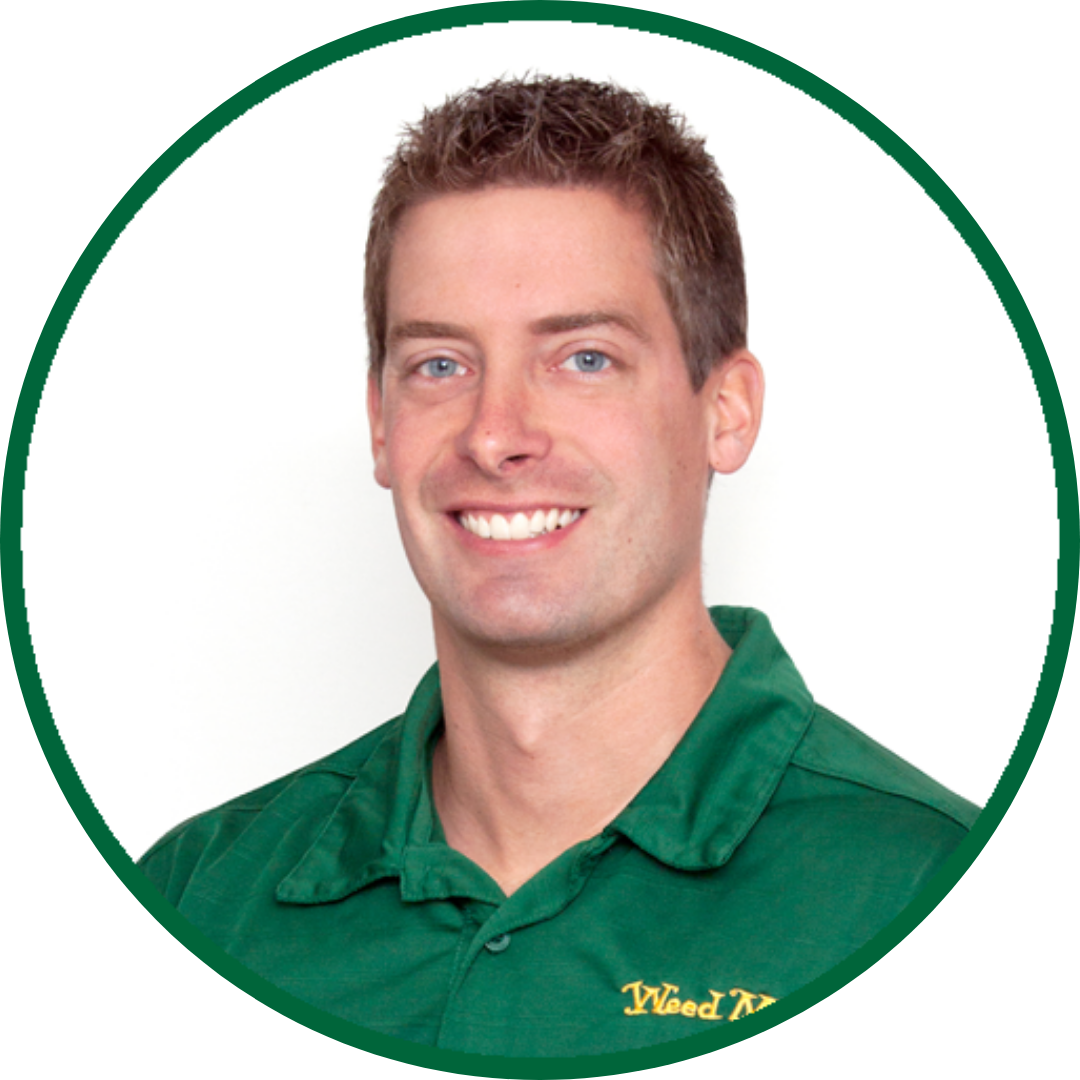Your Cart

Turf Talk with Dr. Brad - Putting Your Lawn to Bed for Winter
Nov 21, 2024
Turf Talk with Dr. Brad
Putting Your Lawn to Bed for Winter
Each and every night I am fortunate enough to read books with my kids at bedtime. ![]() The collection of material they have accumulated would rival any public library. Selecting the three perfect books takes time, a lot of time! Yet, more times than not, we find ourselves reading the same books. Spoiler alert, the tortoise does beat the hare. We usually close with a few affectionate remarks and specific directions on blanket placement for the night. I found that providing them with a very consistent routine at the end of each day helps them get a good night’s rest, helping them be their best self the following day.
The collection of material they have accumulated would rival any public library. Selecting the three perfect books takes time, a lot of time! Yet, more times than not, we find ourselves reading the same books. Spoiler alert, the tortoise does beat the hare. We usually close with a few affectionate remarks and specific directions on blanket placement for the night. I found that providing them with a very consistent routine at the end of each day helps them get a good night’s rest, helping them be their best self the following day.
As we close up the 2024 lawn care season, you may find yourself putting your lawn to bed as Winter approaches so it can be its best self in the Spring. Some of us just look the other way, and hope for the best, but there are a few things you should consider.
 Fall cleanup of leaves and debris helps remove habitat for fungi, often snow molds, that can cause damage throughout the winter. My preferred method of leaf removal is waiting for a brisk, Fall wind, to move them from my property, safely to my neighbors. Contrary to their name, not all snow molds require snow cover to cause damage. On home lawns, rarely do these snow molds cause permanent damage, but it can delay green up time in the Spring.
Fall cleanup of leaves and debris helps remove habitat for fungi, often snow molds, that can cause damage throughout the winter. My preferred method of leaf removal is waiting for a brisk, Fall wind, to move them from my property, safely to my neighbors. Contrary to their name, not all snow molds require snow cover to cause damage. On home lawns, rarely do these snow molds cause permanent damage, but it can delay green up time in the Spring.
There are a lot of recommendations for that final mow of the year as well. These usually read ‘mow the shortest you have all year for the final mowing. The idea behind this is to limit the habitat for the pre-discussed fungi to grow. This advice makes me take pause. There are many different grass types that prefer different mowing heights, so I will speak in generality. Too often I see lawns that are mown too short, or even scalped, heading into winter. This is going to increase the chances of death from desiccation, which can often cause permanent damage. The real goal is to continue mowing at proper mowing heights through Fall until the lawn has stopped growing. This date seems to be later and later every year. So, instead of using a calendar, keep your eye on growth habits and temperatures.
Some more high-end turf, like golf course putting greens, are tucked in for the Winter as well with permeable covers. This helps prevent desiccation from Winter winds. While very agronomically effective, they are not financially reasonable for home lawns and they are generally unnecessary because of the height of cut.
Turfgrass is a very hardy plant and can survive a wide range of Winter environmental conditions, including cold, snow, wind and ice. With little input, you can likely expect your lawn to be just fine. But a consistent ‘bedtime’ routine can be very advantageous. And if you find yourself reading stories to your lawn, don’t worry, I won’t judge. Many research papers suggest that plants respond well to music, so why not try a few short stories in the backyard this Fall?
who is Dr. brad?
 | Dr. Brad DeBels serves as the Vice President of Operations for Weed Man Lawn Care E3 Group. Brad received a PhD in Soil Sciences & Turfgrass Management in 2013 from the University of Wisconsin (B.S. 2008, M.S. 2010, PhD 2013). With a graduate degree & over 2 decades of experience in the residential lawn care & golf course industries, Dr. Brad provides direction for our programs & services while also creating a variety of educational pieces to help homeowners better understand their lawn & their lawn care services. |

